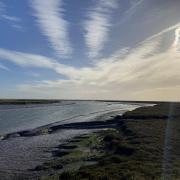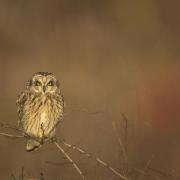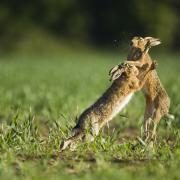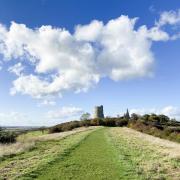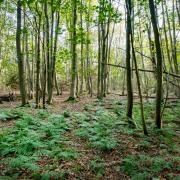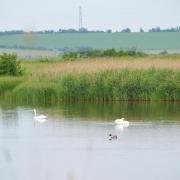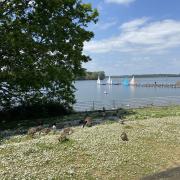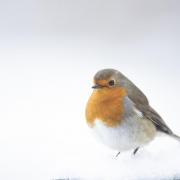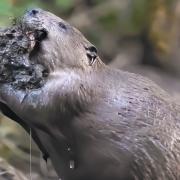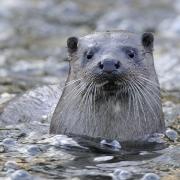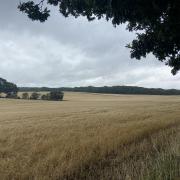Fingringhoe Wick is hosting nightingale chorus, one of our county’s great wildlife events
This spring, why not come and experience the amazing sound of the nightingale at Fingringhoe Wick: one of our county’s great wildlife events.
The Wick is one of the best places in the country to hear this iconic bird’s famous fanfare with around 30 to 40 males being heard singing at the same time on the reserve from mid-April until mid-May, at dawn and dusk. The song of one nightingale is remarkable: a mix of trills, whistles, beats and gurgles, delivered with astonishing gusto and at full volume, often building to a passionate crescendo. The sound of dozens singing together is astonishing.
Essex Wildlife Trust’s team at Fingringhoe Wick can help you enjoy these fabulous birds and each year the EWT hold guided Nightingale Walks for the public at the Wick, to take advantage of the weeks when the birds are at the peak of their musical powers. This year, Nightingale Walks begin on Sunday, April 24 and continue every day, 7.30pm-9pm, until Saturday, May 14.
Essex is a stronghold for the nightingale’s dwindling British population, which is largely confined to the south and east of England. The birds make perilous migrations to Africa and back, returning here in April and then departing again in late summer. Once they find a mate, they fall silent and, due to their skulking habits, can be incredibly difficult to detect – so the time to hear and see them is very much when they are on song and at their most obtrusive.
These guided walks are timed to catch that time and are extremely popular, so please do book in advance. Call 01206 729678 to book. A £5 donation per person recommended.
Fingringhoe Wick (CO5 7DN) is set in a spectacular position overlooking the Colne Estuary. There is a visitor centre with a gift shop and light refreshments, a viewing tower and observation room, plus toilets and baby changing facilities. Out on the reserve you will find a picnic area, nature trails, benches and bird hides.
The diverse habitats on the reserve provide a wildlife haven which has attracted around 200 species of birds, numerous dragonflies, damselflies and butterflies, as well as up to 350 species of flowering plants.






